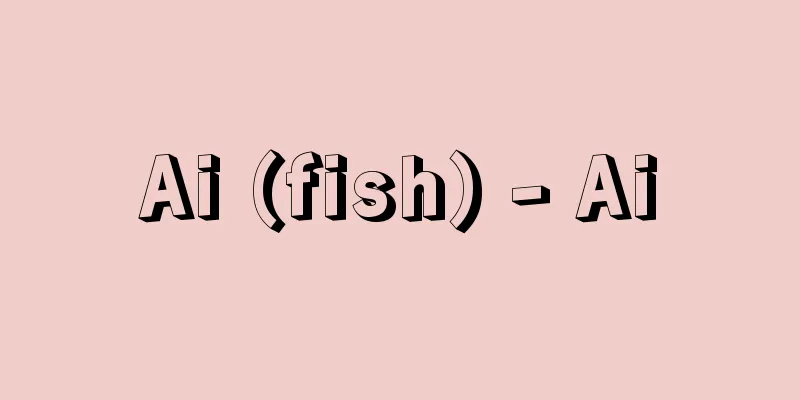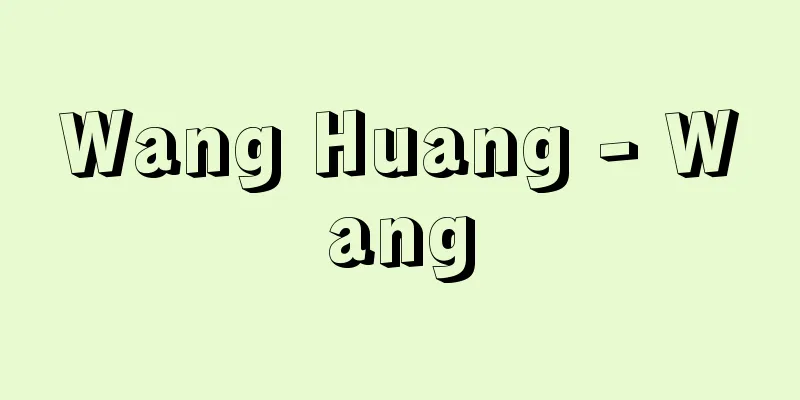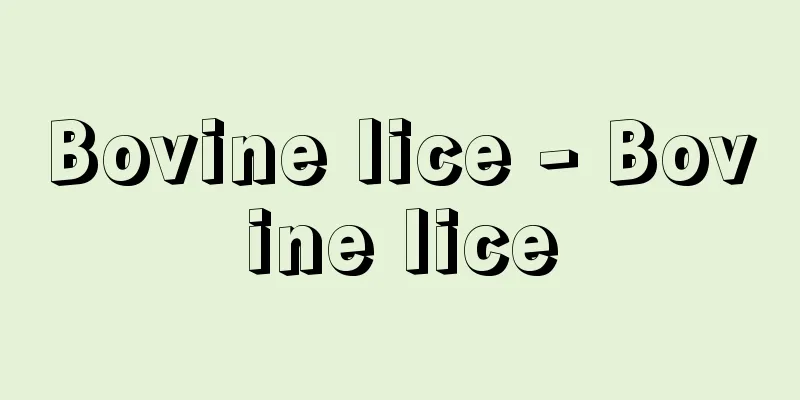Musical note name

|
A proper name for each note in a sound system, determined by its pitch. While a scale name indicates the relative pitch within a scale, a note name indicates the absolute pitch based on the frequency of vibration. The Chinese characters for the names of notes, the Twelve Ritual, have been passed down in China and Japan. These were sought after at the end of the Zhou dynasty by the Sanbun-Senkin method, and the names were finalized in the 16th century Ming dynasty. The pitch of the fundamental tone differs depending on the era, but today, Huang Zhong is considered to be the note D. It is said that Kibi no Makibi brought back the Gakusho Yoroku to Japan in 735 (Tenpyo 7), and introduced it to Japan, but later, in the late Heian period, a new Japanese name was established and it was organized into the current form. In Japan, the Chinese Huang Zhong is called Ichikotsu. In addition, the numbers of the tuning flutes, called ichibon, nibon, etc. in shamisen music such as jiuta and gidayu, and the finger hole notation rotsure in shakuhachi music (for the 1 shaku 8 sun flute) also correspond to the Twelve Ritual. Although these are names within the school, they represent absolute pitches and can be said to be equivalent to the names of notes. Western music's note names are divided into two categories. In England and Germany, the root notes are represented by alphabets. This is derived from the Greek note names over two octaves, ABCDEFG, HIKLMNOP, and from around the 10th century, Odo de Cluny (879?-942) made C the first note (Odo's note names). Later, Guido d'Arezzo (c. 992-1050?), the greatest theorist of the Middle Ages, almost completed the current notation with a repeating letter for every octave (Guido's note names). He also established the hexachord scale names ut, re, mi, fa, sol, la, and the seventh note si was added to these, which are now used in Italy and France. In Japan, after the Meiji period, the Iroha alphabet was used to devise note names based on British note names. This is useful for writing key names such as C major and A minor, but the Italian and German note names are used as they are in the note name singing method. These Western note names (especially the American scientific system) are often used to indicate pitch in folk music that does not have musical notation because of their rationality. [Yoko Hashimoto] [Reference item] | |©Shogakukan "> Stereo ©Shogakukan "> Derived sounds ©Shogakukan "> German Musical Notation Chart ©Shogakukan "> Japanese and Chinese musical names Source: Shogakukan Encyclopedia Nipponica About Encyclopedia Nipponica Information | Legend |
|
音組織中の各音を音高から決定した固有名。階名が音階のなかでの相対的音高を表すのに対し、音名は振動数による絶対的音高を表す。 中国、日本には漢字音名である十二律が伝わる。これは三分(さんぶん)損益法により周代末より求められ、16世紀明(みん)代に名称が確定した。基音の音高は各時代によって異なるが、現在では黄鐘(こうしょう)がD音にあたるとされている。わが国には735年(天平7)吉備真備(きびのまきび)が『楽書要録』を持ち帰って伝えたといわれるが、その後平安後期に新たに日本式名称が定められ、現在の形に整えられた。日本では中国の黄鐘を壱越(いちこつ)と称している。そのほか、地歌や義太夫(ぎだゆう)など三味線音楽では一本、二本……とよぶ調子笛の番号が、尺八音楽では(一尺八寸管の場合)指孔譜のロツレ……が、それぞれ十二律にも該当する。これらは流派内の名称ではあるが、絶対音高を表し、音名に準ずるといえよう。 西洋音楽の音名は2大別される。イギリス、ドイツでは幹音にアルファベットをあてはめて表す。これはギリシアの2オクターブにわたる音名、ABCDEFG・HIKLMNOPに由来し、10世紀ごろからオド・ド・クリュニーOdo de Cluny(879?―942)によってCを初音とされた(オドの音名)。その後、中世最大の理論家グイード・ダレッツォGuido d'Arezzo(992ころ―1050?)がオクターブごとに文字を繰り返す現在の表記をほぼ完成した(グイードの音名)。また彼はヘクサコードの階名、ut、re、mi、fa、sol、laも制定し、これに第7音siを加えたものが現在イタリア、フランスの音名となっている。 日本では明治以後イギリス式音名を手本に、いろは文字による音名が考案された。これはハ長調、イ短調などという調名の表記に役だっているが、音名唱法ではイタリア、ドイツの音名をそのまま使う。これら西洋式音名(とくにアメリカ科学式)はその合理性から、楽譜を伴わない民族音楽の音高表示にもしばしば用いられる。 [橋本曜子] [参照項目] | |©Shogakukan"> 幹音 ©Shogakukan"> 派生音 ©Shogakukan"> ドイツ音名表 ©Shogakukan"> 日本・中国の音名 出典 小学館 日本大百科全書(ニッポニカ)日本大百科全書(ニッポニカ)について 情報 | 凡例 |
<<: Online system - online system
Recommend
Comfort in the lonely seat
A book of popular songs. 1 volume. Editor unknown....
Special Needs School - Yogogakko
Until the School Education Act was revised in Jun...
Yoshii [town] - Yoshii
A former town in Shitsuki District, southwest Okay...
Neuroglial
…Also called glia. A general term for the cellula...
Reggio nell'Emilia
It is the capital of the province of the same name...
Ichikawa [town] - Ichikawa
A town in Kanzaki County, central Hyogo Prefecture...
Dipterocarpus (double-leafed persimmon)
A tree of the genus Dipterocarpus in the family Di...
"Kakukenichicho" - Kakukenichicho
...The original handwritten copy in the possessio...
Ibn Muhalhir - Ibn Muhalhir
…Years of birth and death unknown. Also known as ...
coincidence indicator
Among various economic indicators, this is an indi...
Yugano [Hot spring] - Yugano
A hot spring on the bank of the Kawazu River in Ka...
Rock lily - Rock lily
…The maidenhair fern is a limestone plant found w...
Zinjanthropus boisei (English spelling) Zinjanthropusboisei
…Nine stone tools, 176 chips, a stone hammer, sma...
Mount Iizuna
A cone-shaped volcano in the northwest of Nagano ...
Chroomonas
…Plants with these flagella and photosynthetic ch...









